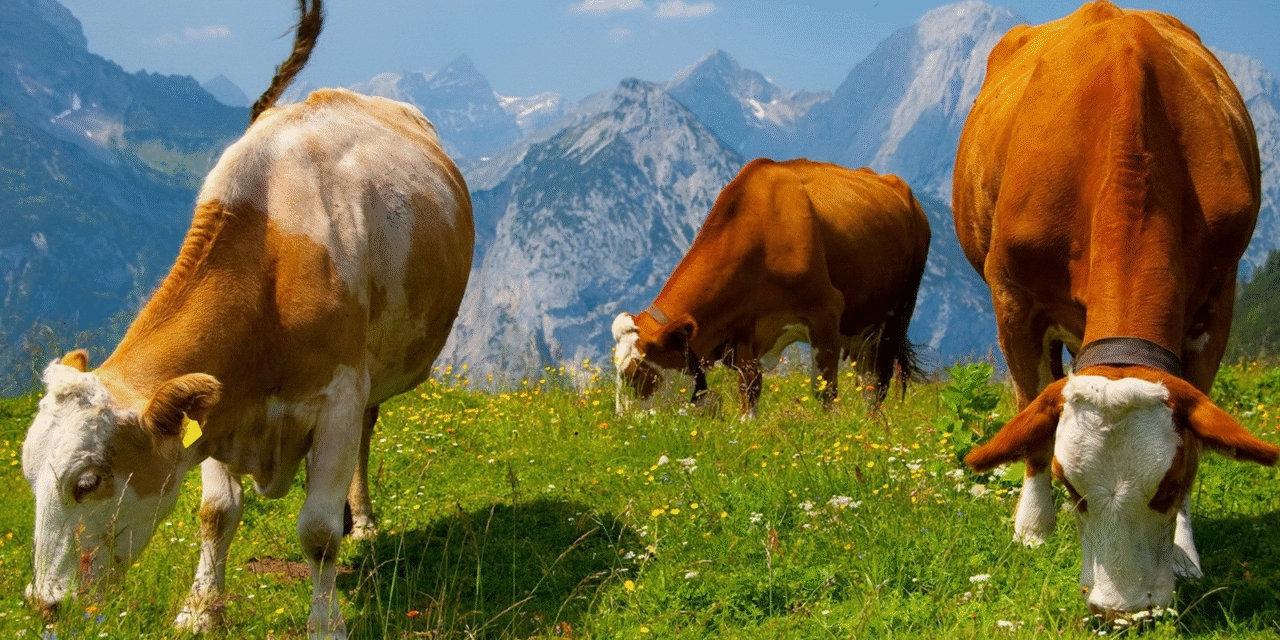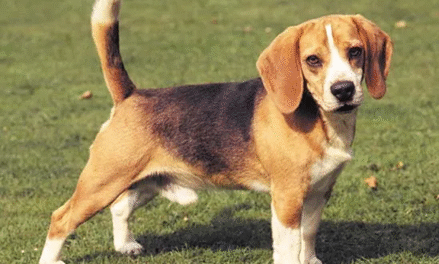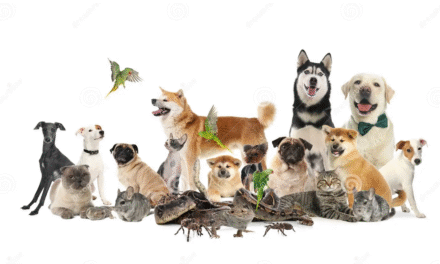Cows are one of the most recognizable and important animals in agriculture around the world. While many people see them as simply “cows,” there’s actually a wide variety of breeds, each with its own characteristics, uses, and history. Whether you’re interested in farming, food production, or just curious about animals, understanding the types of cows can give you a deeper appreciation for these gentle giants.
Table of Contents
ToggleTwo Main Categories: Dairy vs. Beef Cattle
Cows are typically grouped into two major categories: dairy cattle and beef cattle. The main difference between them is their purpose. Dairy cows are bred and raised for milk production, while beef cows are raised for meat.
Common Dairy Cow Breeds
-
Holstein
-
Easily recognizable by their black-and-white spots, Holsteins are the most common dairy breed in the world.
-
Known for their high milk production, they can produce over 20,000 pounds of milk a year.
-
Origin: Netherlands.
-
-
Jersey
-
Smaller in size and fawn-colored, Jersey cows are known for producing milk with high butterfat content—perfect for making cheese and butter.
-
They are gentle and adaptable to various climates.
-
Origin: Isle of Jersey, UK.
-
-
Guernsey
-
These cows produce rich, golden-colored milk with high levels of beta-carotene.
-
They have a calm temperament and are great for small farms.
-
Origin: Guernsey Island, UK.
-
-
Brown Swiss
-
One of the oldest dairy breeds, known for strength, hardiness, and consistent milk production.
-
Their milk is especially good for making cheese due to its protein content.
-
Origin: Switzerland.
-
-
Ayrshire
-
Recognized by their reddish-brown and white coat.
-
They are hardy cows that produce quality milk under less-than-ideal conditions.
-
Origin: Scotland.
-
Common Beef Cow Breeds
-
Angus
-
One of the most popular beef breeds in the U.S.
-
Known for their marbled meat, which makes for tender, flavorful beef.
-
Origin: Scotland.
-
-
Hereford
-
Recognizable by their red bodies and white faces.
-
Hardy and adaptable, Herefords are often used in crossbreeding to improve meat quality.
-
Origin: England.
-
-
Charolais
-
Large, white or cream-colored cattle known for rapid growth and muscular build.
-
Their meat is lean and widely used in commercial beef production.
-
Origin: France.
-
-
Limousin
-
A golden-red or black breed prized for its lean meat and feed efficiency.
-
Often used in crossbreeding for improved meat yield.
-
Origin: France.
-
-
Brahman
-
Easily identified by their loose skin, hump over the shoulders, and resistance to heat and pests.
-
Common in tropical regions due to their adaptability.
-
Origin: India.
-
Dual-Purpose Breeds
Some breeds are used for both milk and meat. These include:
-
Shorthorn: Developed as both a dairy and beef breed, they are versatile and good for small farms.
-
Dexter: A smaller breed that can produce milk and meat, ideal for homesteads and sustainable farming.
Why Breed Variety Matters
Different breeds have been developed over centuries to suit various climates, farming practices, and human needs. Some do better in hot environments, while others thrive in cold weather. Certain breeds produce milk better suited for cheese-making, while others are valued for producing lean or marbled beef.
Farmers choose breeds based on:
-
Climate
-
Farm size
-
Intended use (milk, meat, or both)
-
Market demand
-
Animal temperament
Final Thoughts
Understanding the different types of cows helps us appreciate the role they play in our food system and in cultures around the world. Whether you’re visiting a farm, learning about sustainable agriculture, or just curious, knowing the distinctions between cow breeds gives you a better grasp of modern farming and food production.










